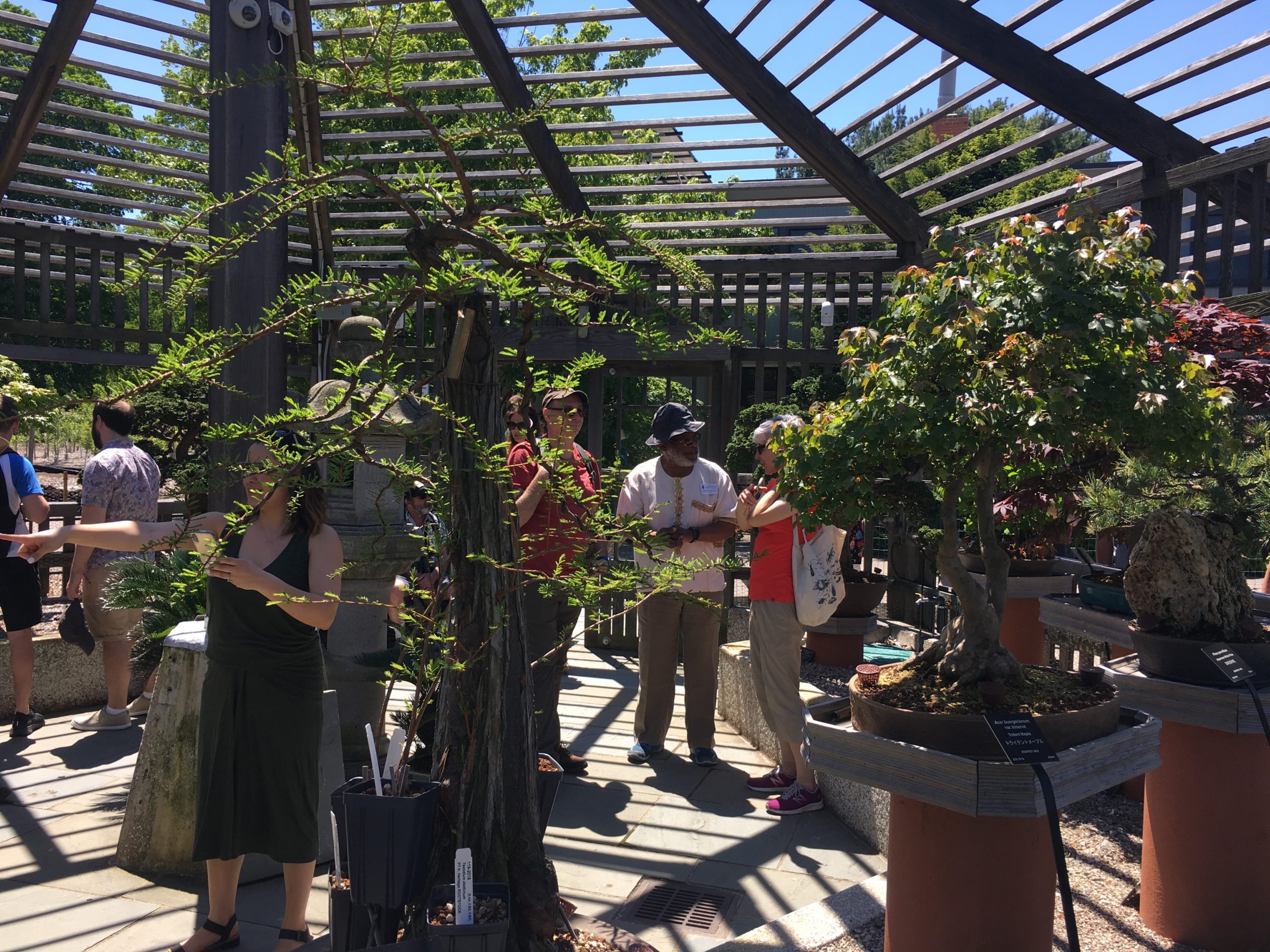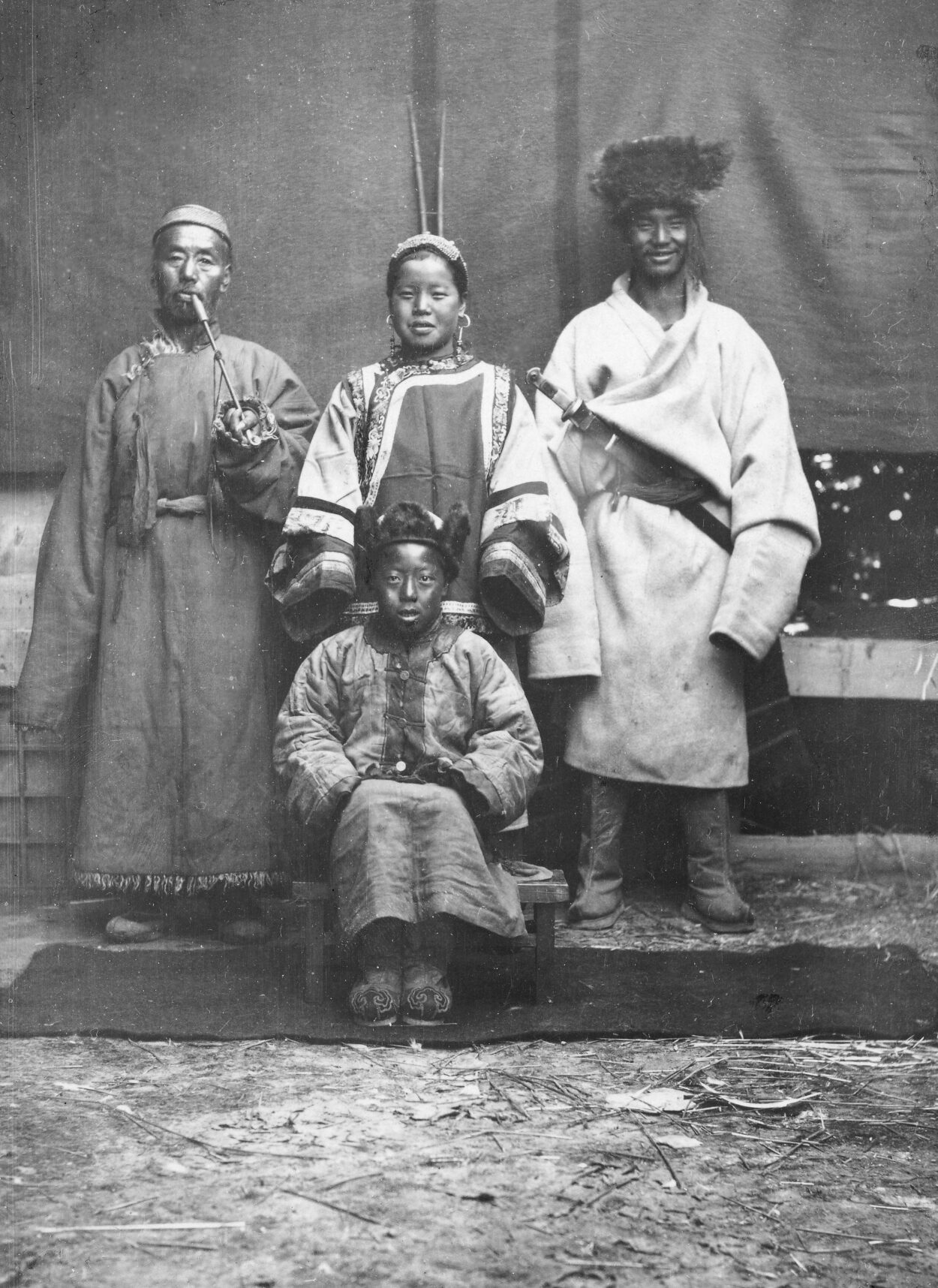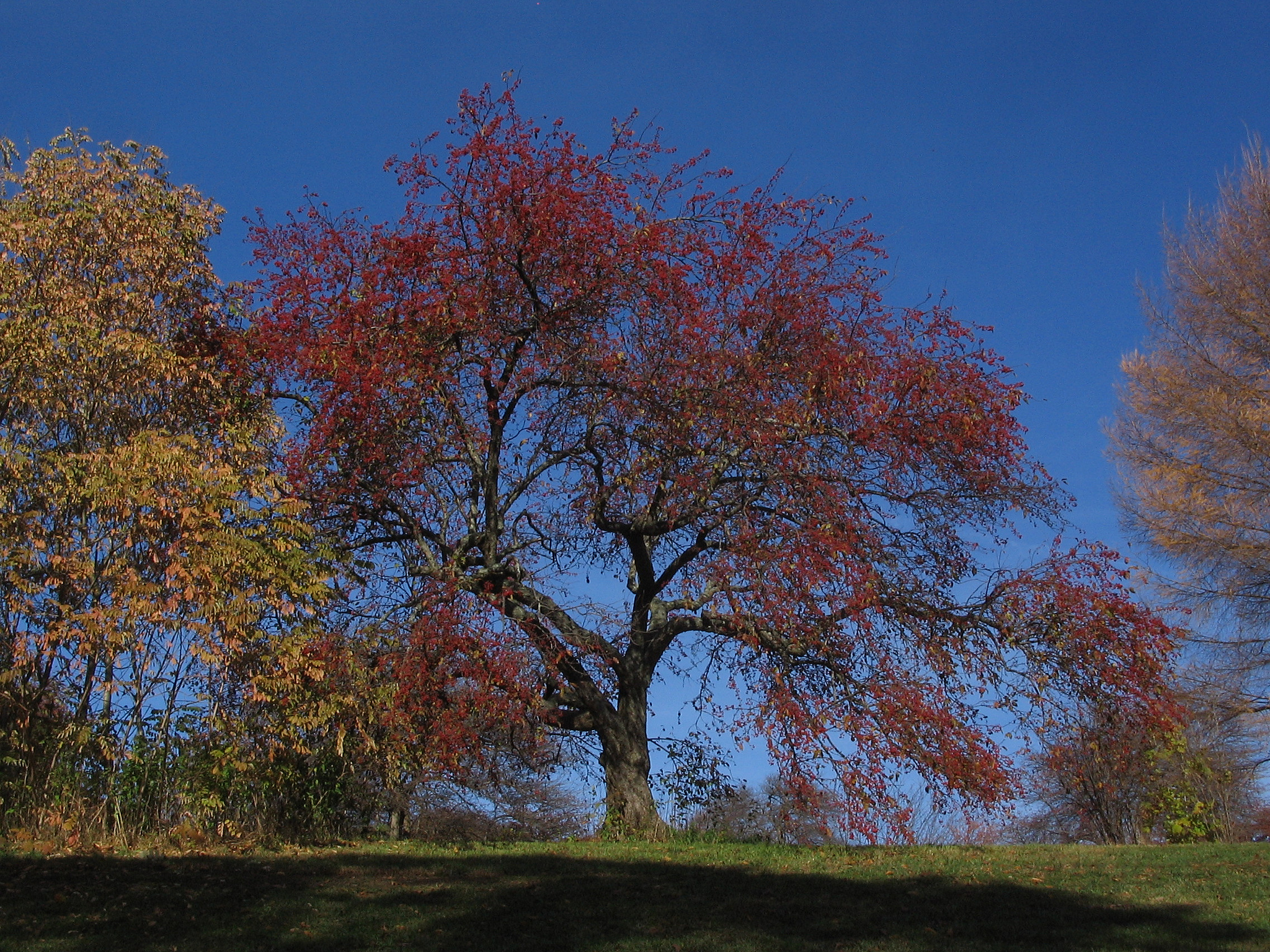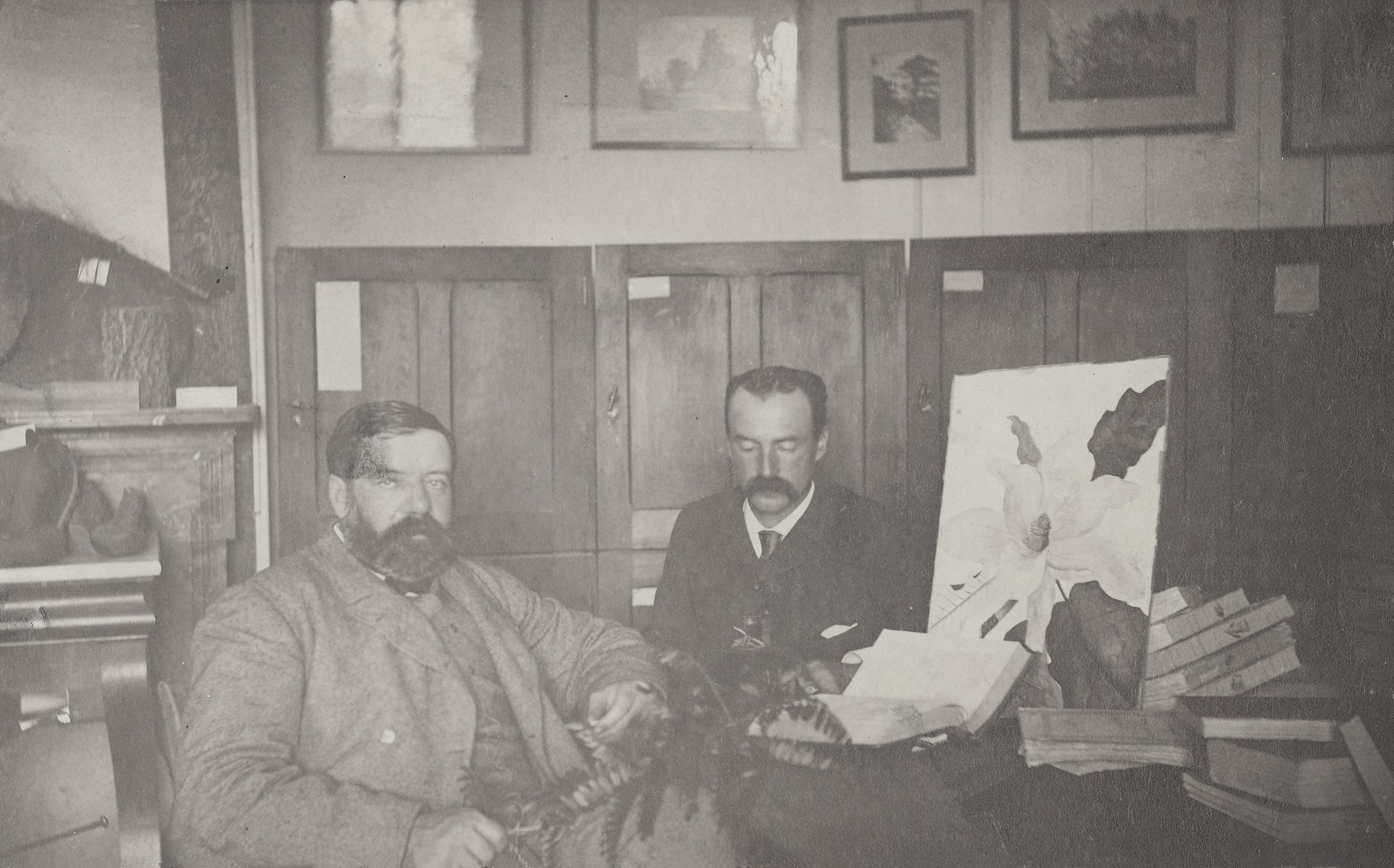Sections
Then and Now
Nature Educators

John George Jack
Circa 1895
What was his role at the Arboretum?
J.G. Jack served the Arboretum for nearly 50 years. During that time he had many jobs including curatorial assistant, plant collector, and public educator. He pioneered adult education at the institution, starting conducting field study classes in the 1890s. His activities were even profiled in a 1903 Boston Globe article. Significantly, his classes were heavily attended by public school teachers, a tradition continued today by Nature Education Specialist Ana Maria Caballero.
What would he want others to know about the Arboretum?
“It may be that the Arnold Arboretum in the 60 years [1872-1932] has accomplished its greatest usefulness along the lines for which it was originally founded and that its future importance must be along the lines of specialists in scientific study and investigation.”
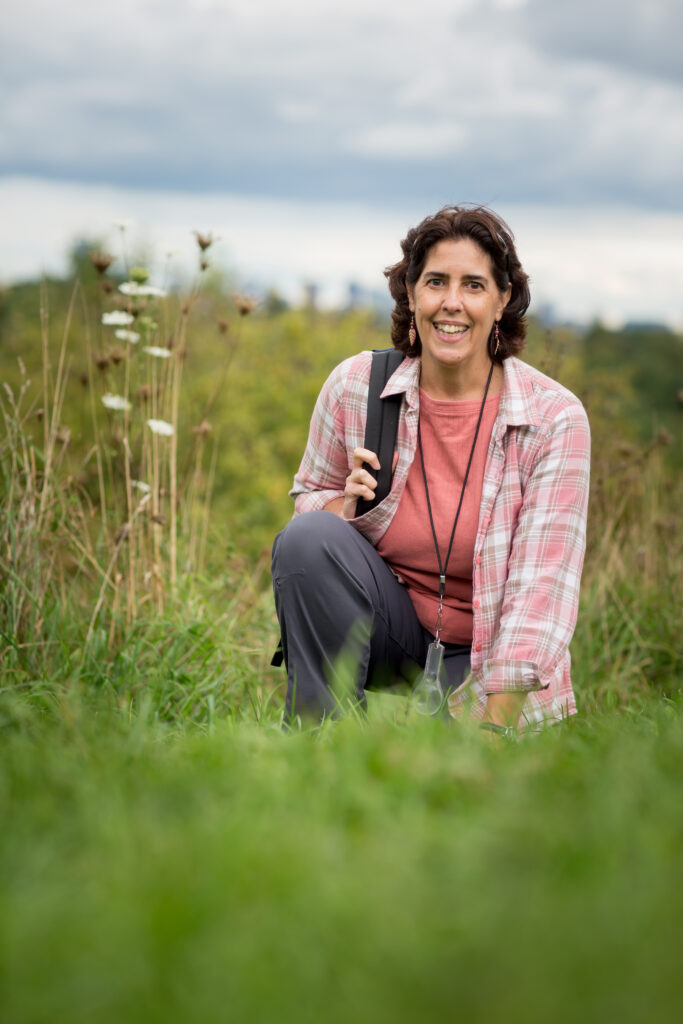
Ana Maria Caballero
Circa 2022
How would you characterize your role at the Arboretum?
“My role is to get children, families, and teachers outdoors and to help them see how easy it is to use nature for science leaning. I model curiosity and joy in our landscape and use it as an invitation for others to notice, wonder, and make connections to their personal experiences.”
What inspires you about the Arboretum?
“I am inspired by the absolute passion that every staff member and our volunteers possess to make this place as beautiful and as accessible to the public as possible. There are multiple entry points to conservation, education, and research—our mission—but the Arnold Arboretum as a place and its people are the conduits that make our mission come alive.”
What would you want others to know about the Arboretum?
“That we care. We care about our shared future, and about our challenging present. We want to lead others in offering solutions and bring joy, solace, and inspiration to all who visit us.”
Students and Fellows
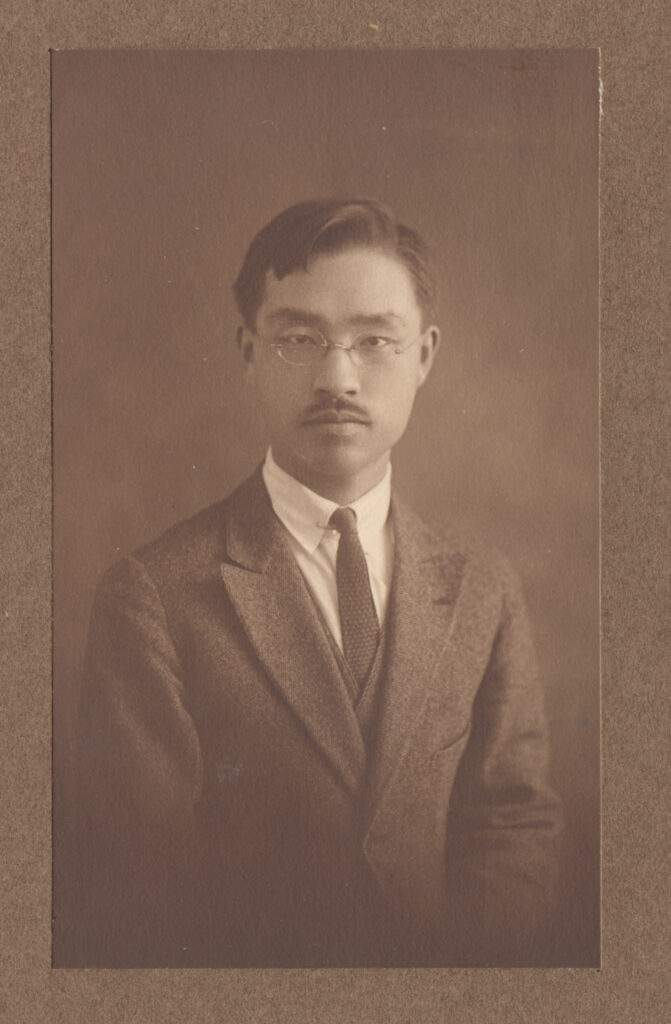
H. H. Hu (Hu Xiansu)
Circa 1925
While the Arboretum did not confer degrees, students could matriculate at the Bussey Institution and then study with John Jack, one-on-one or in small groups. One of Jack’s most notable Chinese students was H. H. Hu (Hu Xiansu), the botanist who, along with colleague W. C. Cheng (Zheng Wanjun) first identified and named living examples of dawn redwood (Metasequoia glyptostroboides). Hu greatly respected and admired Jack and corresponded with him for the remainder of his life.
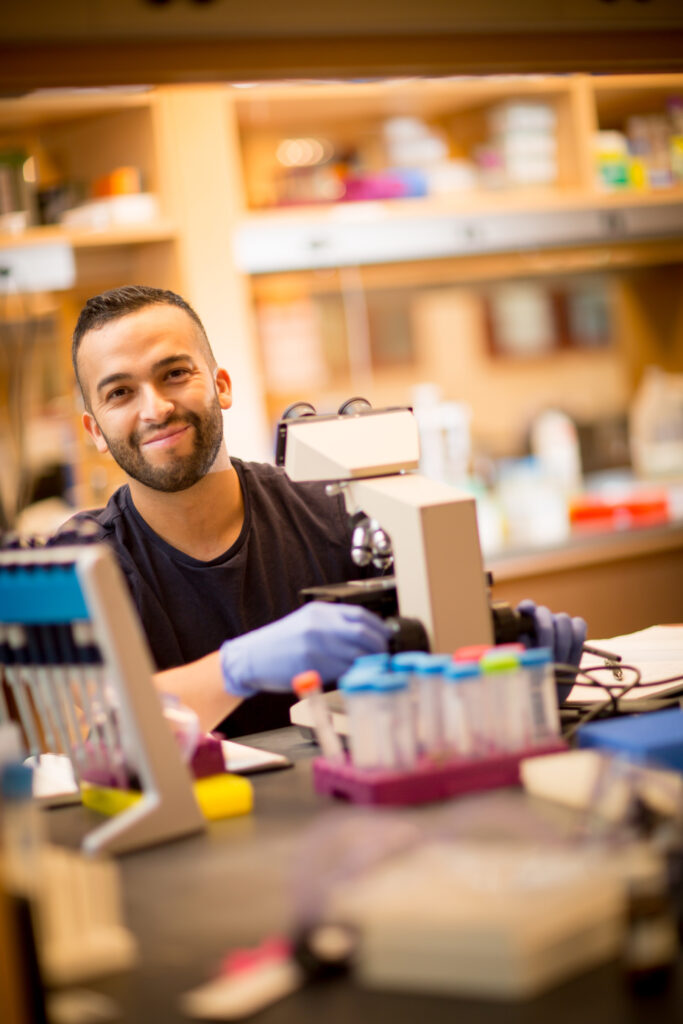
Antonio Capuchina-Serrato
Circa 2022
How would you characterize your role at the Arboretum?
“I’m an evolutionary biologist who is interested in identifying the genetic mechanisms that the wildflower genus Phlox evolved to discriminate between same species and different species fertilization attempts. As a researcher I view myself as an explorer of questions that remain unanswered or poorly understood, striving to help understand the natural world around us all.”
What inspires you about the Arboretum?
“The Arboretum is a hub that showcases the beauty of nature while simultaneously containing world-class research facilities that explores the source of the biodiversity on display.”
What would you want others to know about the Arboretum?
“The Arboretum provides more than a beautiful place to walk, there are regularly educational services and community engagement opportunities that are meant to enrich the community that surrounds us. The Arnold Arboretum is a place for everyone and a valuable natural resource within city limits.”
Greenhouse Managers

William H. Judd
Circa 1930
What was his role at the Arboretum?
William Judd came from the Royal Botanic Gardens, Kew in 1913 to assist Jackson Dawson, the Arboretum’s first propagator. Judd recalled in 1934, “When you are sent out from Kew you are equipped to take assistant supervisor jobs in botanical gardens, nurseries, and plantations anywhere in the British possessions.” On Dawson’s death three years later, he took the reins and ran the greenhouse operations until his death in 1946.
What was one of his achievements during his tenure?
Judd systematized the greenhouse recordkeeping. “Every time I receive a package of seeds, I open it up and count the seeds, and then I decide what must be done with them. If they are to be potted out in the greenhouse, I pot a certain number, putting on each pot a number and letter, which refers to a certain place in my ledger. At any time you may go and look up that seed in the ledger and get its history.”
What do you do on your day off?
“Usually I take a walk through the Arboretum to see how things are getting on.”
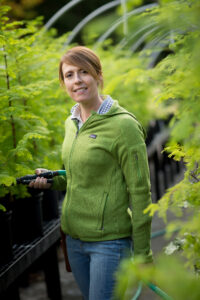
Tiffany Enzenbacher
Circa 2022
How would you characterize your role at the Arboretum?
“I have the honor to work alongside a talented greenhouse and nursery team to cultivate the next generation of plants that are ultimately destined for the permanent landscape. We grow trees and shrubs from seeds collected on Arboretum expeditions and clonally propagate existing plants in the Arboretum’s collection.”
What inspires you about the Arboretum?
“Each plant in the landscape has a story to tell: where it came from or where the species is native, the individual who harvested the seed in the field to grow it, how it was propagated—information that makes the plant unique. All of these narratives weave together to tell the 150-year account of the Arboretum.”
What would you want others to know about the Arboretum?
“The Arboretum has 281 vibrant acres that contain the beauty and science of the natural world. It is an inviting green space in the heart of a city where one can learn, relax, or simply appreciate nature.”
Gardeners
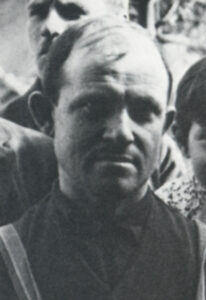
Martin Daley
Circa 1900
What was his role at the Arboretum?
During the growing season, Martin Daley worked as a member of the Arboretum horticultural crew. He planted out young trees and shrubs, pruned, and weeded to keep the landscape looking well. During the cooler months, he assisted Arboretum propagator Jackson Dawson in the greenhouse and was the only member of the horticultural staff employed year-round at the turn of the twentieth century. Other men, and it was exclusively men in this period, were hired on a day-to-day basis, primarily to assist with spring planting. We have their names in Dawson’s account books
Daley left a very light footprint on the historical records. We do not have any written recollections by him about his time at the Arboretum but we do know he was an employee here for about 50 years starting in the 1880s. During that time, he would have done his work by hand with a scythe, hoe, and shovel, as there were no powered tools until 1938, two years after his death. We are fortunate to have a photograph taken of him in the greenhouse in about 1900.
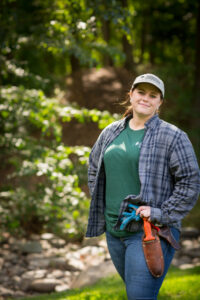
Rachel Lawlor
Circa 2022
How would you characterize your role at the Arboretum?
“As a gardener on the horticulture crew, my role is to support the work of our horticulturists who are assigned specific zones of the Arboretum landscape. I spend most of my time working in the Leventritt Shrub & Vine Garden, as well as the Hunnewell Visitor Center landscape. My daily tasks include weed management, mulching, pruning of shrubs and vines, planting, plant health checks, path maintenance, and watering, as well as leaf and snow clean-ups seasonally.”
What inspires you about the Arboretum?
“The Arboretum has inspired me to pursue horticulture as a career from the first times I visited as a teenager. The vast landscape, mature trees, and unique and rare plant material here always mesmerized me. These feelings are renewed every time I hear interesting history of a certain plant, see wildlife or an insect I have not noticed at the Arboretum before, or by simply admiring the landscape as I head back to our garage at the end of the day.”
What would you want others to know about the Arboretum?
“There is always something new to learn or discover at the Arboretum. The size of our landscape, the efforts of our staff, and the different features of each season make the Arboretum an ever-changing and evolving green space in Boston. I encourage visitors to read a tag from a different plant each time they visit, or check out an area off their normal route. You never know what you will stumble across!”
Directors
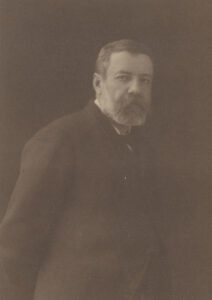
Charles Sprague Sargent
Circa 1875
What was his role at the Arboretum?
Charles Sargent was the first director of the Arnold Arboretum and was instrumental in forming the institution both physically and in spirit. During his 54 years as director, he was a tireless advocate for the organization who guided the institution with a firm hand until his death. He oversaw the design and building of the arboretum landscape, directed a census of the trees of North America, conducted the publication Garden and Forest, traveled the world, created a Silva of North America in fourteen volumes, and engaged collectors to bring back thousands of plants to grow in the Arnold Arboretum.
What would he want others to know about the Arboretum?
“The Arnold Arboretum is not a school of forestry or of landscape gardening. It is a station for the study of trees as individuals in their scientific relations, economic properties and cultural requirements and possibilities. On the information gathered in museums like the Arnold Arboretum successful silviculture and landscape gardening are dependent, for silviculture is the cultivation on a large scale of the trees most valuable in a particular locality, and landscape gardening demands a knowledge of the individual plants which can be naturally associated for the decoration of parks and gardens.”
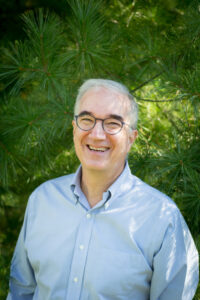
William (Ned) Friedman
Circa 2022
What is your role at the Arboretum?
“I see myself as the chief advocate on behalf of the Arboretum within the complex “ecosystems” of Harvard University and the City of Boston. It is my job to open the institution up to anyone and everyone so that this magnificent museum collection of woody temperate plants that sits on an Olmsted-designed landscape can be interpreted and interrogated by the scientists, artists, humanists, educators, and of course the millions of members of the general public who visit each year. It is also incumbent upon me to ensure that he institution is constantly evolving while remaining true to is foundational ideals as a scientific institution and a public park.”
What inspires you about the Arboretum?
“The unending beauty of each and every one of the roughly 16,000 accessioned woody plants at the Arboretum inspire me every moment that I am on the grounds. As a plant morphologist (the study of plant form), I am constantly imagining the millions of years of evolutionary history as well as the decades or centuries that brought a seed to the plant in front of me. As Goethe once wrote about nature: “Everlasting, evanescent, inaccessible, yet near. Formed, transformed, through change incessant, clothed in wonder, I am here.” That sums it up perfectly for me.”
What would you want others to know about the Arboretum?
“Going back to our very founding, the Arnold Arboretum was designed to contribute meaningfully to the fabric of our democracy, supporting public health, well-being, and the essential need for humans to connect to nature and to one another. The past two years have proven how incredibly important institutions like the Arnold Arboretum are to the basic human condition. As such, I think of the Arnold as sitting at the crossroads of biodiversity and human diversity.”
Timeline
2018
Fog x FLO Sculptures on the Landscape

2013
Larz Anderson Bonsai Collection Centennial

2010
NACPEC Explores Shaanxi, Hebei, and Beijing

1998
Renovation of Peters Hill

1997
NACPEC Trip to Changbai Shan

1997
“April Fool’s” Day Ice Storm Damages the Collections

1996

1994
NACPEC expedition to Wudang Shan, Hubei

1993
Hunnewell Building is Renovated

1989
Robert Cook becomes director

1978
Peter Ashton becomes director

1963
A Paved Road Installed to the Top of Peters Hill
1954
Richard Howard becomes director

1946
Karl Sax becomes director

1941-1945
World War II Cuts Staff

1938
Hurricane of 1938

1935
Elmer Merrill becomes director
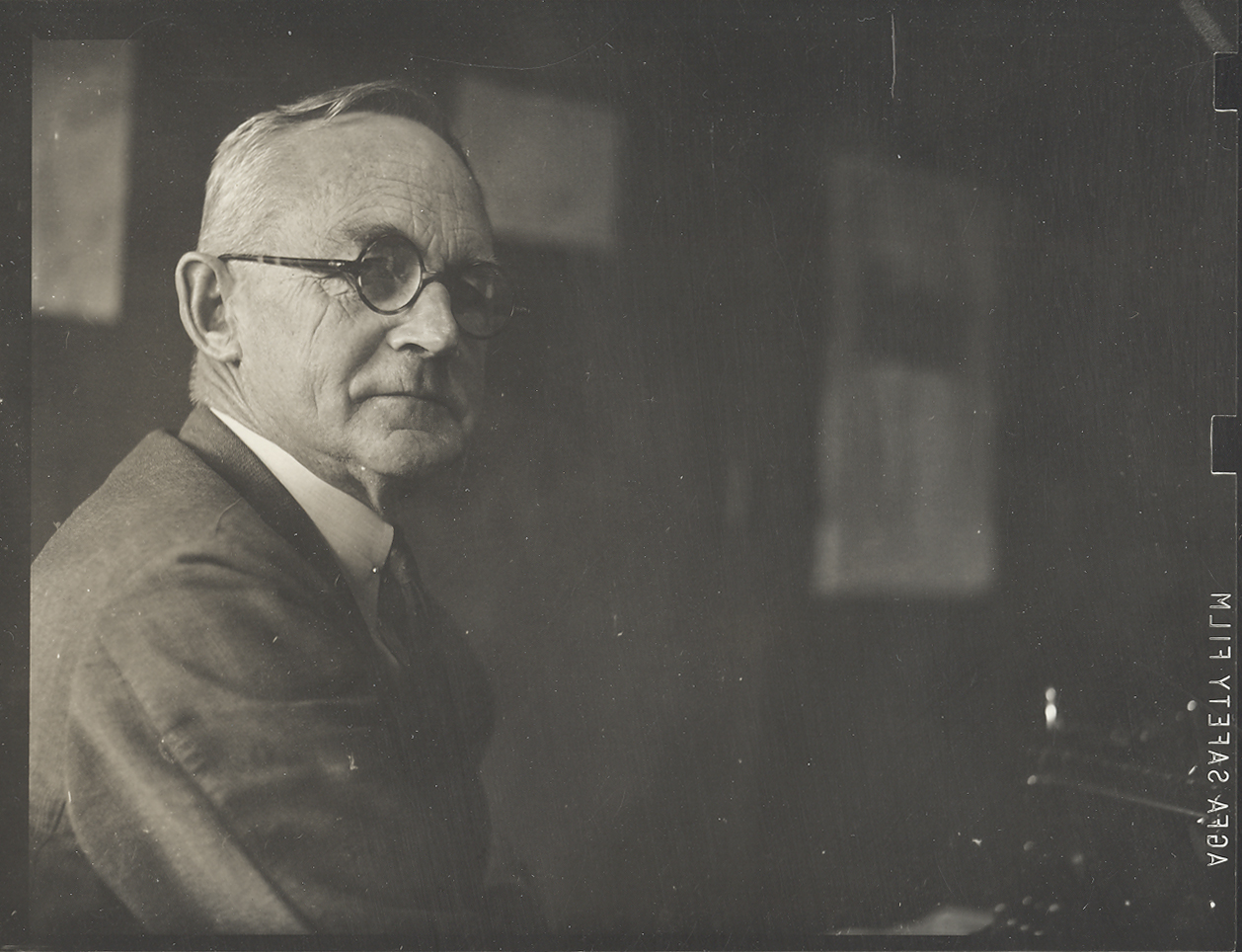
1931
Centre Street Widening takes Arboretum Land

1928
Greenhouse Facilities Constructed at the Bussey Institution

1927
Oakes Ames becomes supervisor (director)

1919
Journal of the Arnold Arboretum begins publication

1911
Bulletin of Popular Information begins publication

1909
Herbarium wing added

1892
Hunnewell Building Constructed
1885
First Plantings begin on the grounds

1877
Frederick Law Olmsted Commissioned to design Arboretum
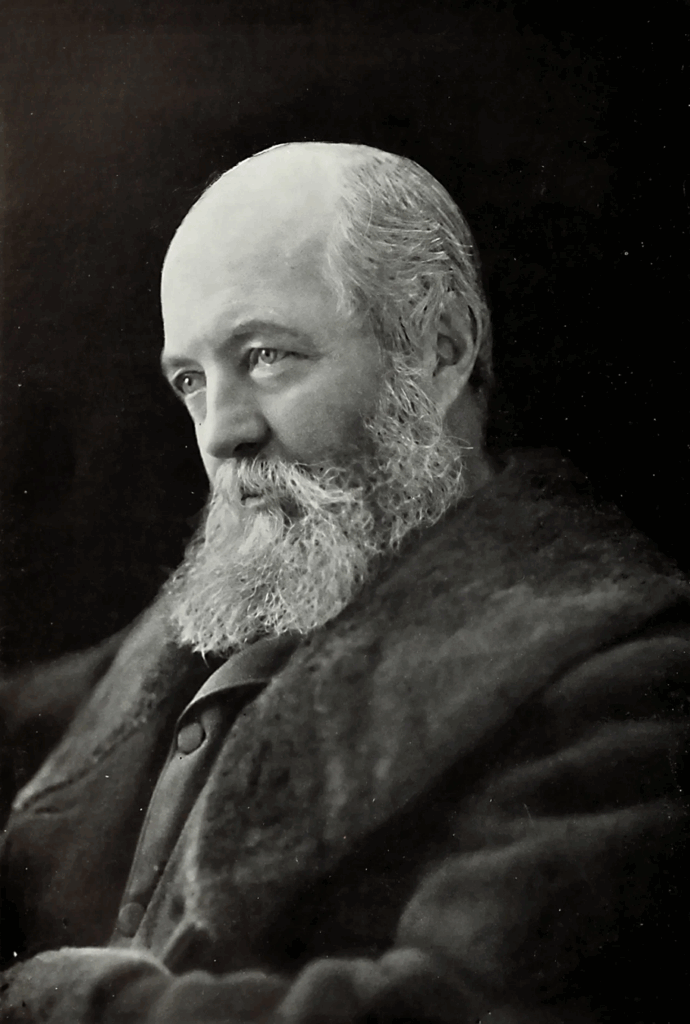
1872
Founding of the Arnold Arboretum



































